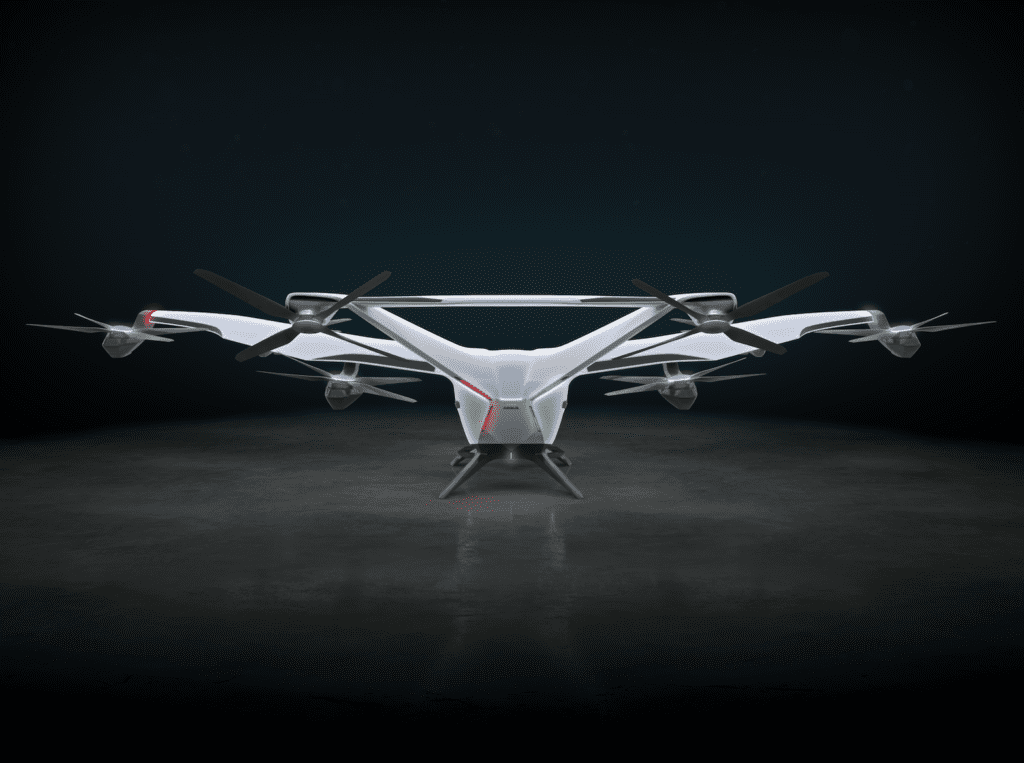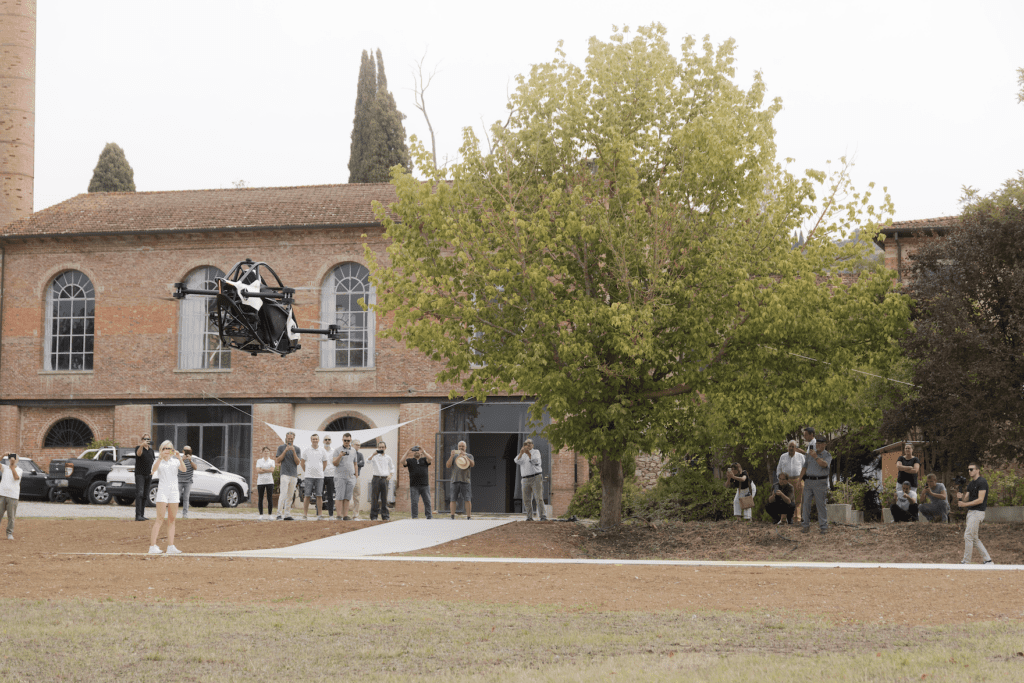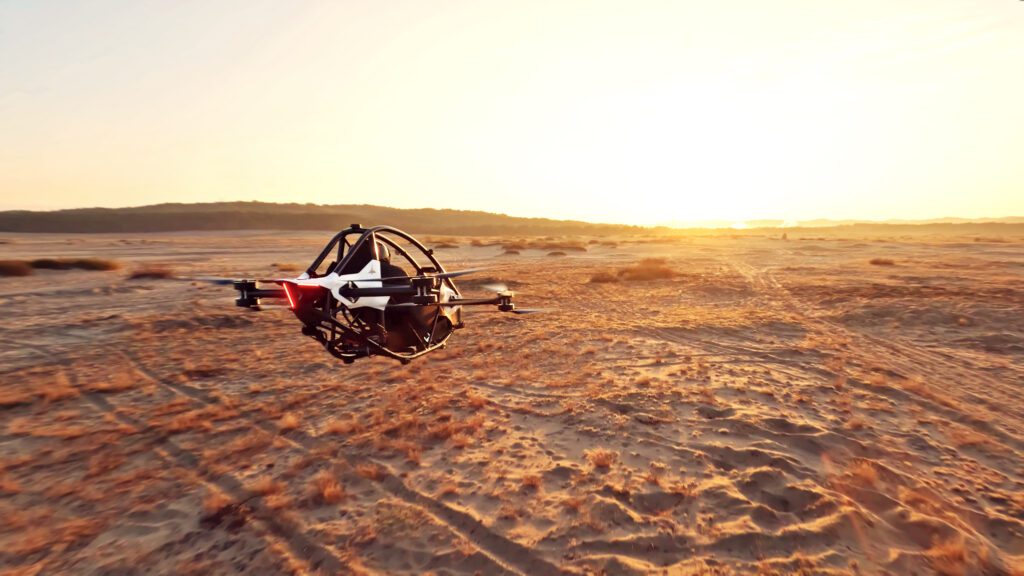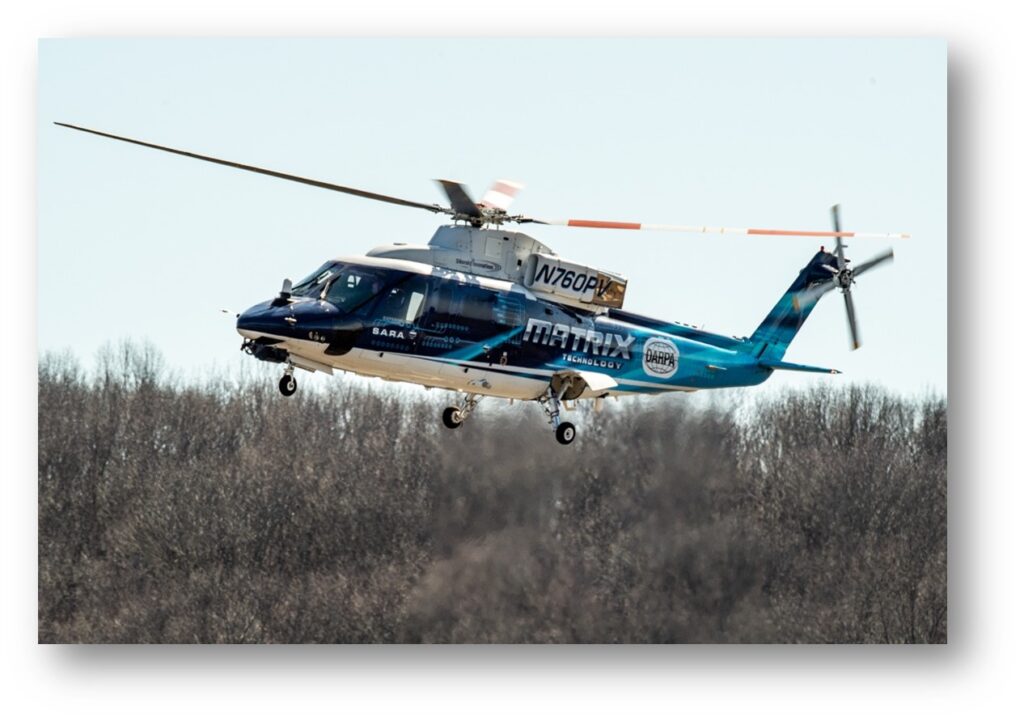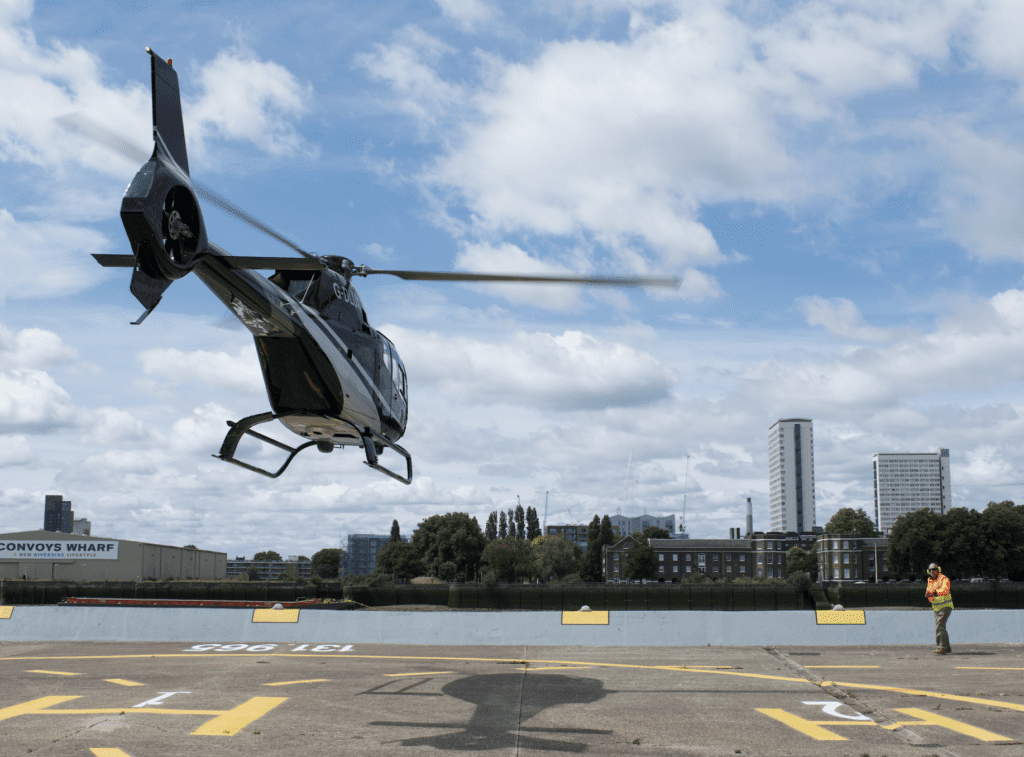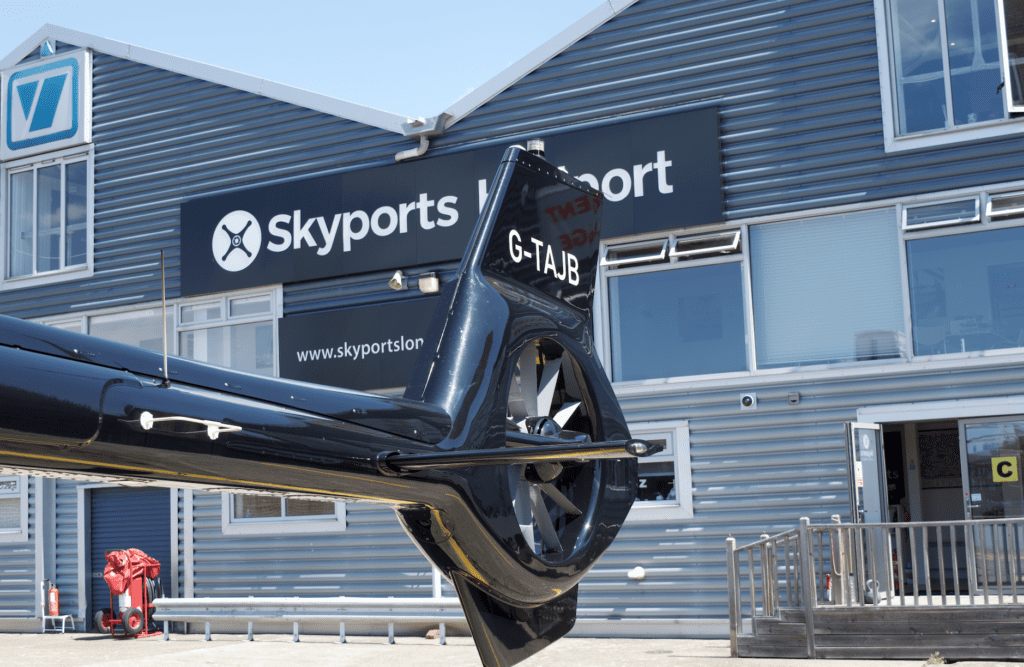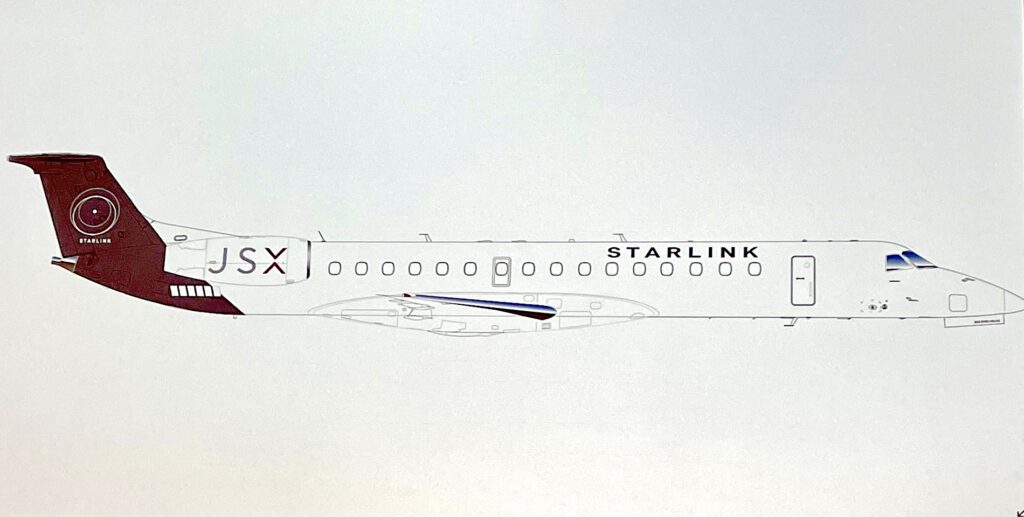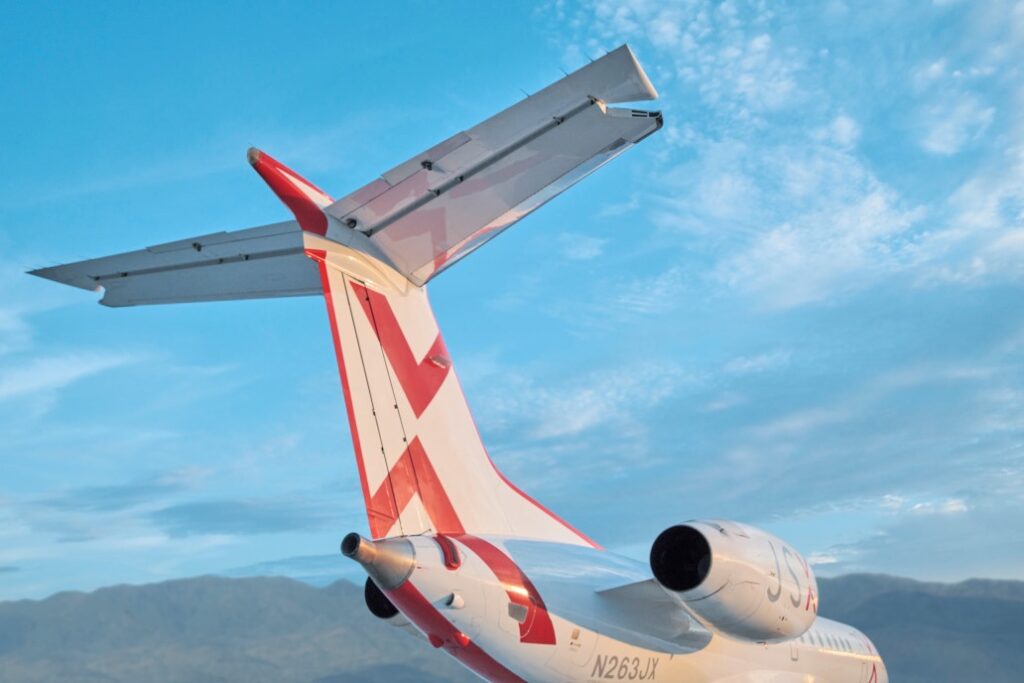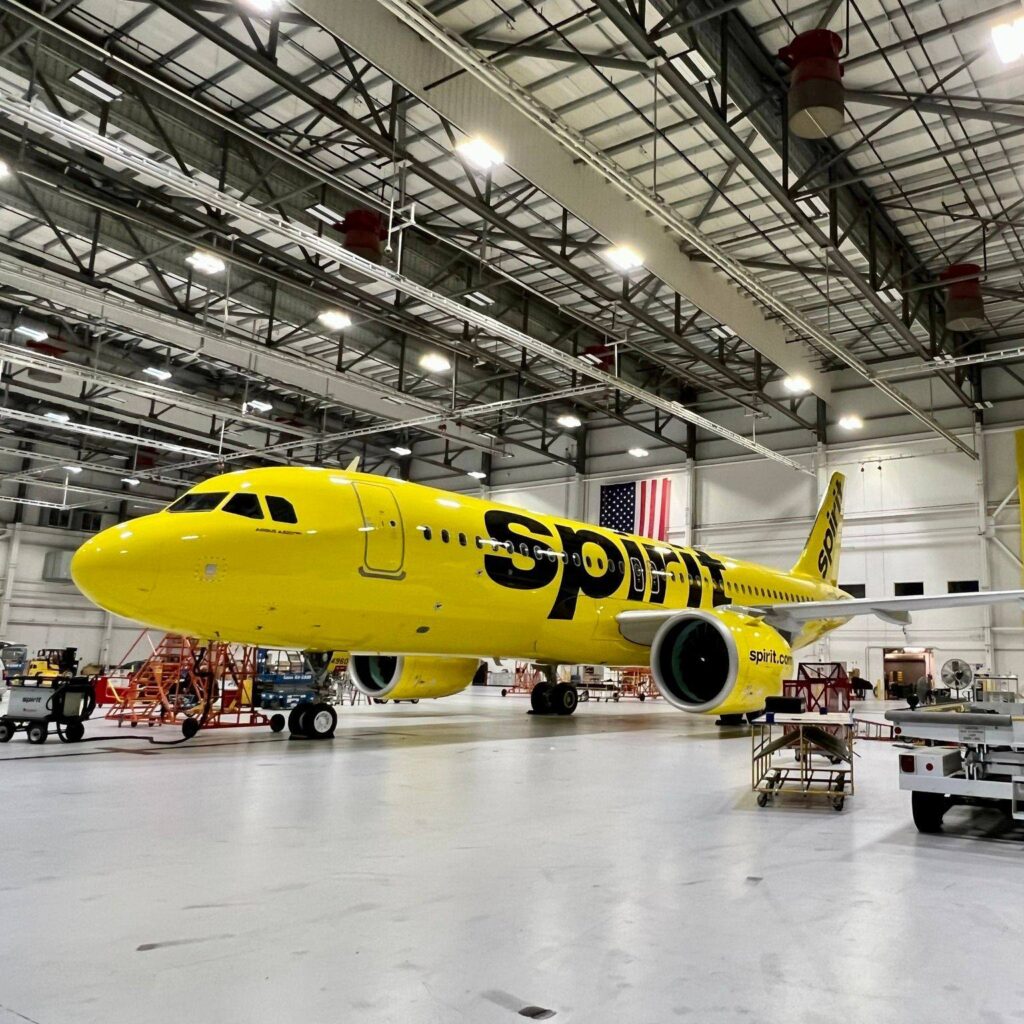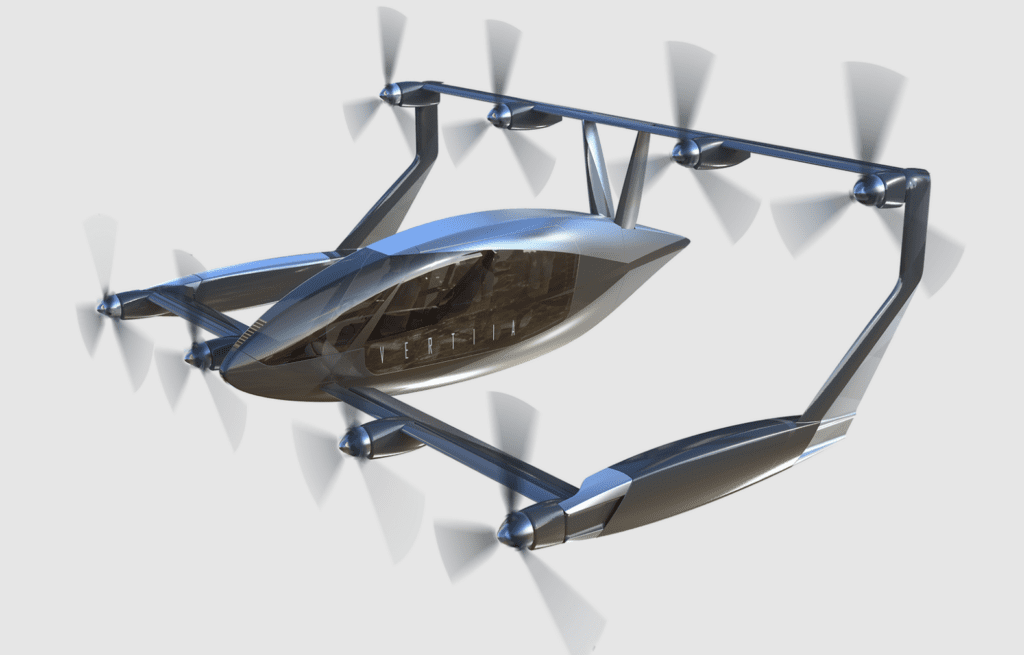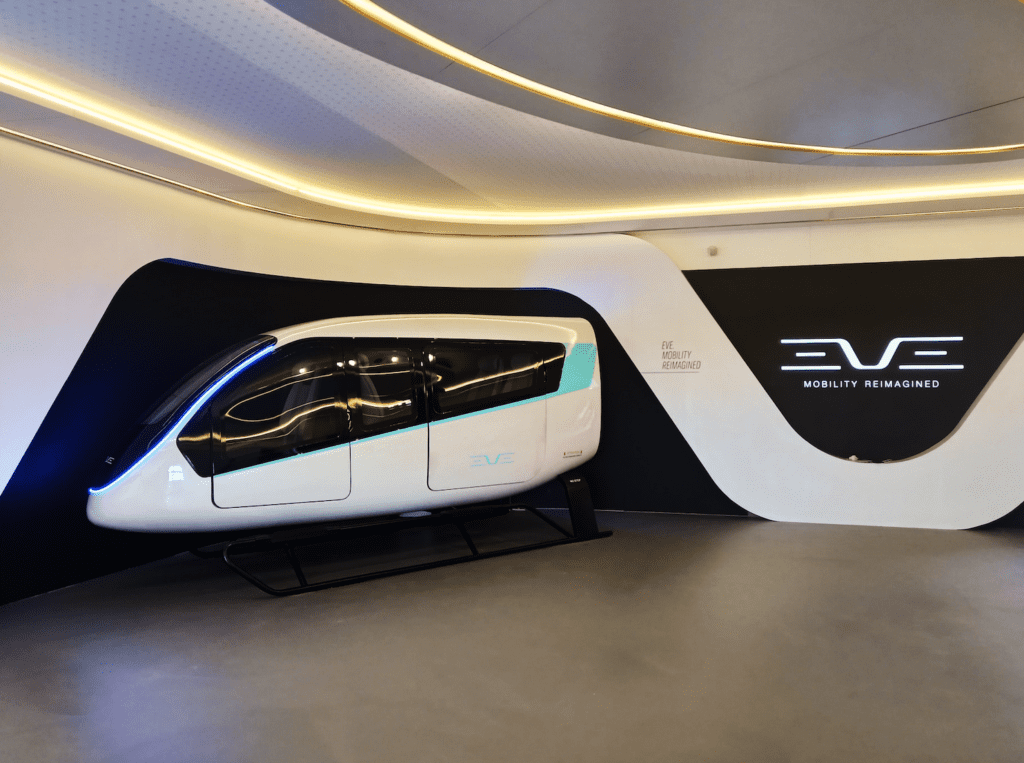Parker-Hannifin Completes £6.3 Billion Acquisition of Meggitt


Meggitt, the British aerospace and defense supplier, will retain its brand name while joining Parker-Hannifin Corp.’s aerospace division under an acquisition completed this week. Pictured here is the Meggitt chalet from the 2022 Farnborough International Air Show. (Photo: Meggitt)
Parker-Hannifin Corp. has completed its acquisition of U.K.-based aerospace and defense supplier Meggitt for approximately £6.3 billion, according to a Sept. 14 announcement from the two companies.
The acquisition cleared antitrust approvals from the European Commission in April, and separately from U.K. Business Secretary Kwasi Kwarteng in July, on the condition that Parker divested its aircraft wheels and brakes division. Both regulatory agencies found that the transaction would reduce the already limited number of suppliers of wheels and brakes for small general aviation aircraft, business jets, civil and military helicopters, and military fixed-wing drones, according to the EC’s decision on the acquisition published in April.
That led to the $440 million sale of Parker’s aircraft wheel and brake division to Kaman Corp. in May and cleared the completion of the acquisition by Parker this week.
“Parker has great respect for Meggitt, its heritage and its place in British industry. We are committed to being a responsible steward of the company and we plan to continue to innovate and invest in key markets that are of importance to Meggitt,” Roger Sherrard, President of Parker’s Aerospace Group, said in a statement. “The combination of Parker and Meggitt is exciting for both companies and provides our customers with a broad array of solutions for the global aerospace industry.”
The acquisition is the largest in the history of Parker-Hannifin Corp. and will nearly double the size of its Parker Aerospace division, the company said in its announcement. Parker-Hannifin’s aerospace segment includes 5,300 total employees and 24 manufacturing facilities globally with divisions focused on commercial and military flight control as well as hydraulics and other mechanical aircraft systems.
Meggitt provides “proprietary airframes and engine products” for the aerospace market, and has more than 9,000 team members and 40 manufacturing facilities globally, according to its website.
Among Meggitt’s recent commercial aviation supplier contract wins was a selection by Boeing last year to provide cockpit indicators for all versions of the 737 MAX. Meggitt also provides fire detection and suppression systems, electrical power conversion equipment, and elastomeric seals for the MAX.
On the defense side, the company is a supplier for a wide range of military aircraft, including the rudder pedal assemblies for the F-35.
“We are excited to have reached the closing of what is a very compelling strategic and cultural combination,” Tom Williams, CEO of Parker-Hannifin, said in a statement. “Meggitt’s complementary product portfolio and geographic footprint, as well as its proprietary and differentiated technologies, will significantly enhance Parker’s capabilities, positioning us to provide a broader suite of solutions for aircraft and aeroengine components and systems.”
Parker Hannifin is scheduled to host a conference call and presentation about the acquisition on September 28, 2022, at 11:00 a.m. ET.
The post Parker-Hannifin Completes £6.3 Billion Acquisition of Meggitt appeared first on Avionics International.
—————
Boost Internet Speed–
Free Business Hosting–
Free Email Account–
Dropcatch–
Free Secure Email–
Secure Email–
Cheap VOIP Calls–
Free Hosting–
Boost Inflight Wifi–
Premium Domains–
Free Domains






